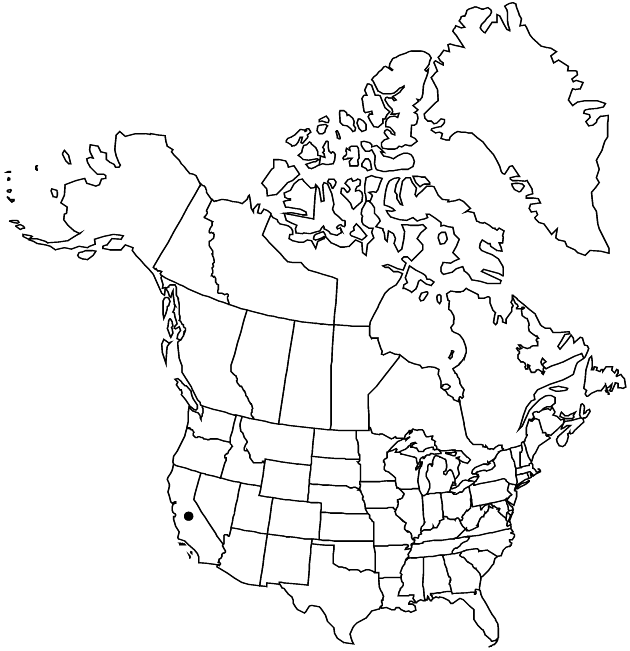Lasthenia californica subsp. bakeri
Madroño 48: 208. 2002.
Perennials (sometimes flowering first-year). Roots fleshy, clustered. Stems erect, branched distally, ± hairy. Leaves mostly basal; blades linear to oblong, 20–210 × 1–2+ mm, not fleshy, margins entire, faces glabrous or ± hairy. Involucres campanulate to depressed-hemispheric, 9–14 mm. Phyllaries ± persistent, 13–16 in 2 series, elliptic to ovate. Ray-florets 8–16; laminae elliptic to oblong, 5–16 mm. Anther appendages deltate to sublanceolate. Cypselae silver-gray, linear to narrowly clavate, to 4 mm, glabrous; pappi 0, or of 1–4 translucent, brown, subulate, aristate scales (sometimes variable or 0 within heads). 2n = 48.
Phenology: Flowering year round (mostly May–Jun).
Habitat: Grasslands, woodlands, coastal
Elevation: 0–500 m
Discussion
Of conservation concern.
Subspecies bakeri is found along the coast in central California. Its most distinctive feature is its fleshy, clustered roots.
Selected References
None.
